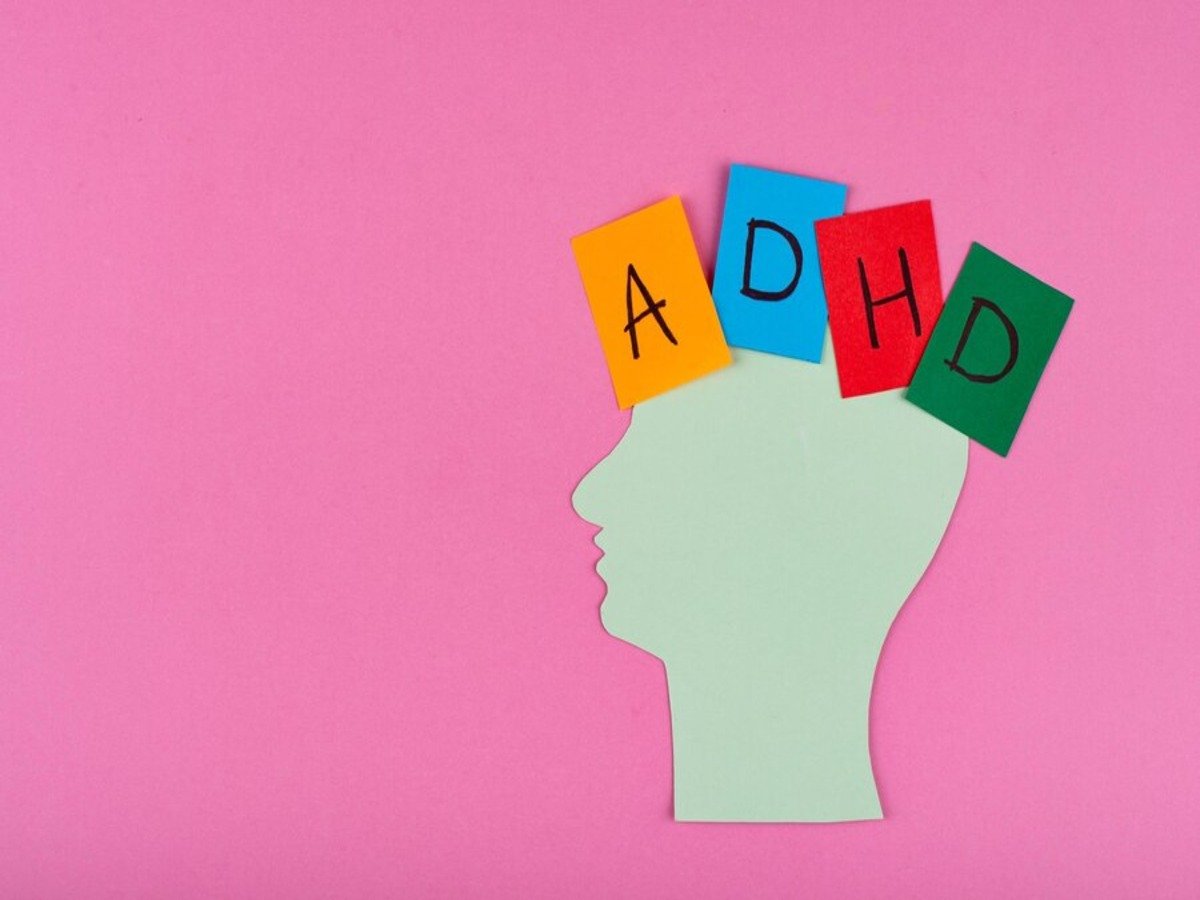ADHD task paralysis is a common issue for individuals diagnosed with Attention Deficit Hyperactivity Disorder (ADHD). This phenomenon occurs when an individual feels overwhelmed or immobilized by the prospect of completing tasks, leading to procrastination and avoidance behavior. Understanding the underlying causes of ADHD task paralysis can help in developing strategies to cope with and overcome this challenge.
One primary factor contributing to task paralysis in people with ADHD is executive dysfunction. This refers to difficulties in planning, organizing, and executing tasks. For instance, a student with ADHD might struggle to start a homework assignment because they cannot break the task down into manageable steps. As a result, they may feel overwhelmed, leading to a complete halt in progress.
Another contributing factor is emotional regulation. Individuals with ADHD often experience heightened emotional responses, which can create barriers to task initiation. A person may feel anxious about failing or worry about their performance, ultimately leading to avoidance of the task altogether. For example, a young adult might put off applying for jobs out of fear of rejection, resulting in significant stress and delays in their career progress.
Time perception issues also play a role in task paralysis. Many people with ADHD struggle with estimating how long tasks will take, which can lead to unrealistic expectations and frustration. If someone believes a task will take much longer than it actually does, they may choose to avoid it altogether. This can lead to a cycle of procrastination that exacerbates feelings of inadequacy and anxiety.
Environmental factors can also influence task paralysis. Distractions in one’s surroundings, such as noise or clutter, can overwhelm individuals with ADHD. A cluttered workspace can make it difficult for someone to focus on their work, leading to increased frustration and an inability to start tasks.
To combat ADHD task paralysis, individuals can adopt various strategies. Breaking tasks into smaller, manageable parts can help reduce feelings of overwhelm. For example, instead of tackling an entire project at once, a student can set specific goals for each study session. Additionally, using timers to create a sense of urgency and structure can help individuals initiate tasks and stay on track.
Developing a supportive environment is also beneficial. Reducing distractions and creating a dedicated workspace can improve focus and productivity. Moreover, individuals can seek assistance from friends, family, or professionals who understand ADHD and can provide encouragement and accountability.
In summary, ADHD task paralysis stems from a combination of executive dysfunction, emotional regulation challenges, time perception issues, and environmental distractions. By identifying these factors and implementing specific strategies, individuals with ADHD can overcome feelings of being stuck and improve their ability to complete tasks effectively.



